To the plastic-less
With the announcement of Amazon Cash, the online retailer took a decisive step towards penetrating a historically underserved market segment for online purchases: those without debit or credit cards.
![]()
By eliminating the need for cards to shop Amazon, and by not charging access fees to use Amazon Cash, there are fewer barriers to access for those without cards, both logistic and financial.
But cash?
Doesn’t using cash for purchases have a bit of a retro feel? Those surveyed by Gallup last year though so.
In a 2016 survey, only 24% of Americans surveyed made “All” or “Most” of their purchases in cash, a decrease of 12% from 2011.
That decrease, however, isn’t matched by a significant reduction in those who are considered “unbanked”.
Sometimes just not possible
In a 2016 report, the Federal Deposit Insurance Corporation, identified that the number of Americans who did not have access to a bank account was approximately 7% of the population.
That number is down from 7.7% three years prior.
While more people have access to bank accounts, and thus the number of individuals who are paying for purchases primarily/exclusively with cash has lessened, there are still a considerable amount of our countrymen for whom a cashless, plastic financial existence is simply not possible.
Allowing Amazon Cash customers to have expanded purchasing power in a digital marketplace could cement customer relationships for life, even after their need for a completely cash option has faded.
The process
Amazon Cash works like this: a potential customer goes to the Amazon website and obtains their personal barcode.
Printable, or downloadable to a smartphone for digital scanning, the customer then goes to the one of over 10,000 Amazon retail partners across multiple lines, including grocery stores, pharmacies, and gas stations/convenience stores.
Including such major retailers as CVS Pharmacy, Family Fare Supermarket, and Kum & Go, Amazon Cash retail outlets are available in all major cities, with more retail partners on the way.
Stepping to the cashier, the customer provides their personal barcode to the cashier, which the cashier then scans.
The customer gives the cashier how much money they want to add to their account, in amounts ranging as low as $15 and as high as $500 per transaction, and the cash is then available immediately in their Amazon online balance.
This could be huge
While this isn’t a new concept Amazon’s foray, if marketed correctly, could allow the click-and-cloud retailer to become insurmountable in its market share.
PayPal’s My Cash Card is a similar concept, although customers have to purchase the initial card at a brick-and-mortar retail partner before adding cash to it.
According to a 2016 report from Consumer Intelligence Research Partners, estimates place the number of households with Amazon Prime accounts at 46% of all United States households.
Additionally, individual memberships reaching 20% of all adults.
It’s clear that by staking out new ground such as this and making online purchasing accessible for all Americans that Amazon is aiming for the rest as well.
#NoCardNoProblem
Roger is a Staff Writer at The American Genius and holds two Master's degrees, one in Education Leadership and another in Leadership Studies. In his spare time away from researching leadership retention and communication styles, he loves to watch baseball, especially the Red Sox!

































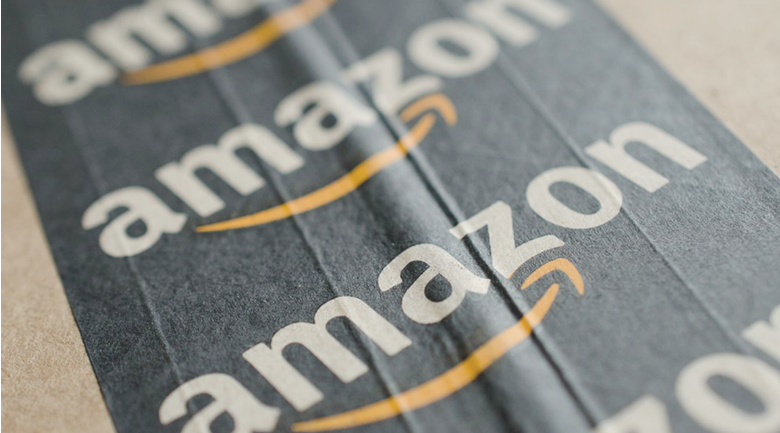



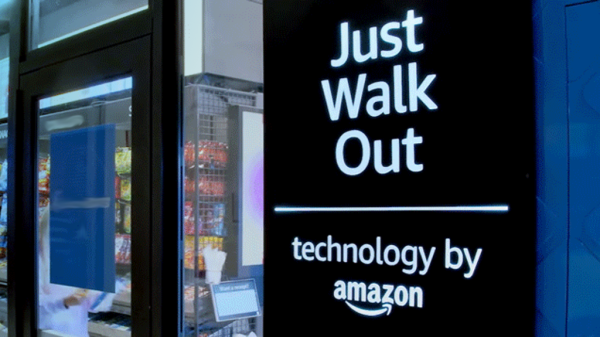
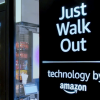

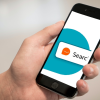


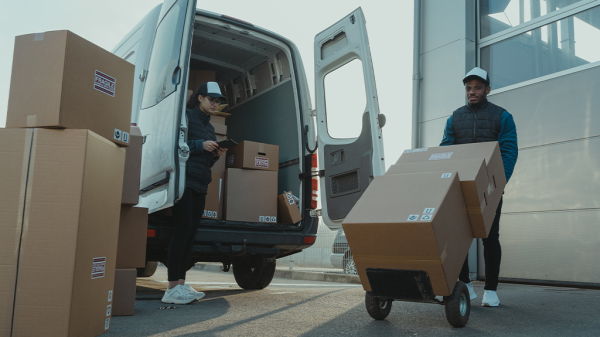

Pingback: The grocery battle: traditional stores or click and collect online grocers - The American Genius
Pingback: Amazon is on the line for $70M and it could be your kid's fault - The American Genius
Pingback: Amazon fed the rivalry with a bot-block to Walmart - The American Genius
Pingback: Apple Pay is changing the way we handle money with iOS 11 - The American Genius